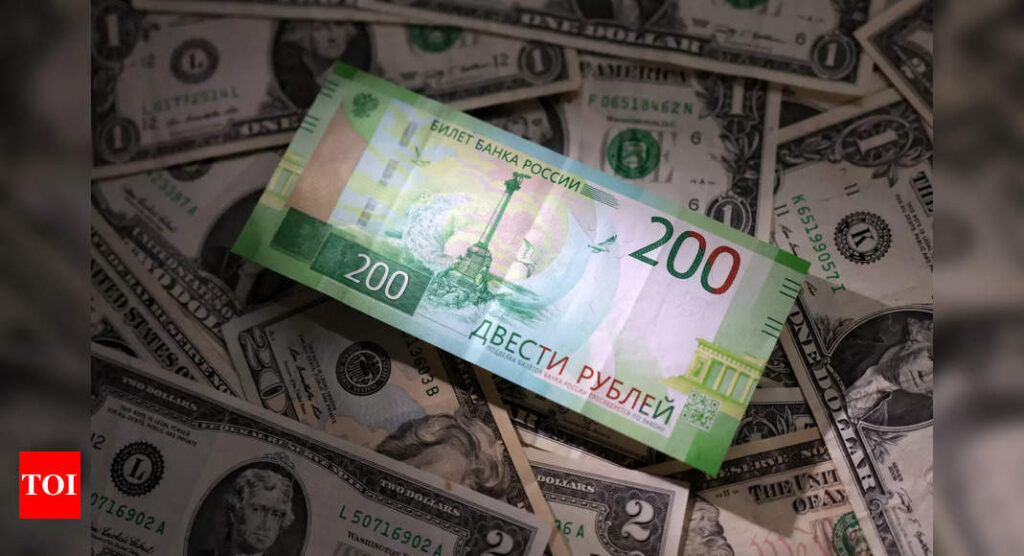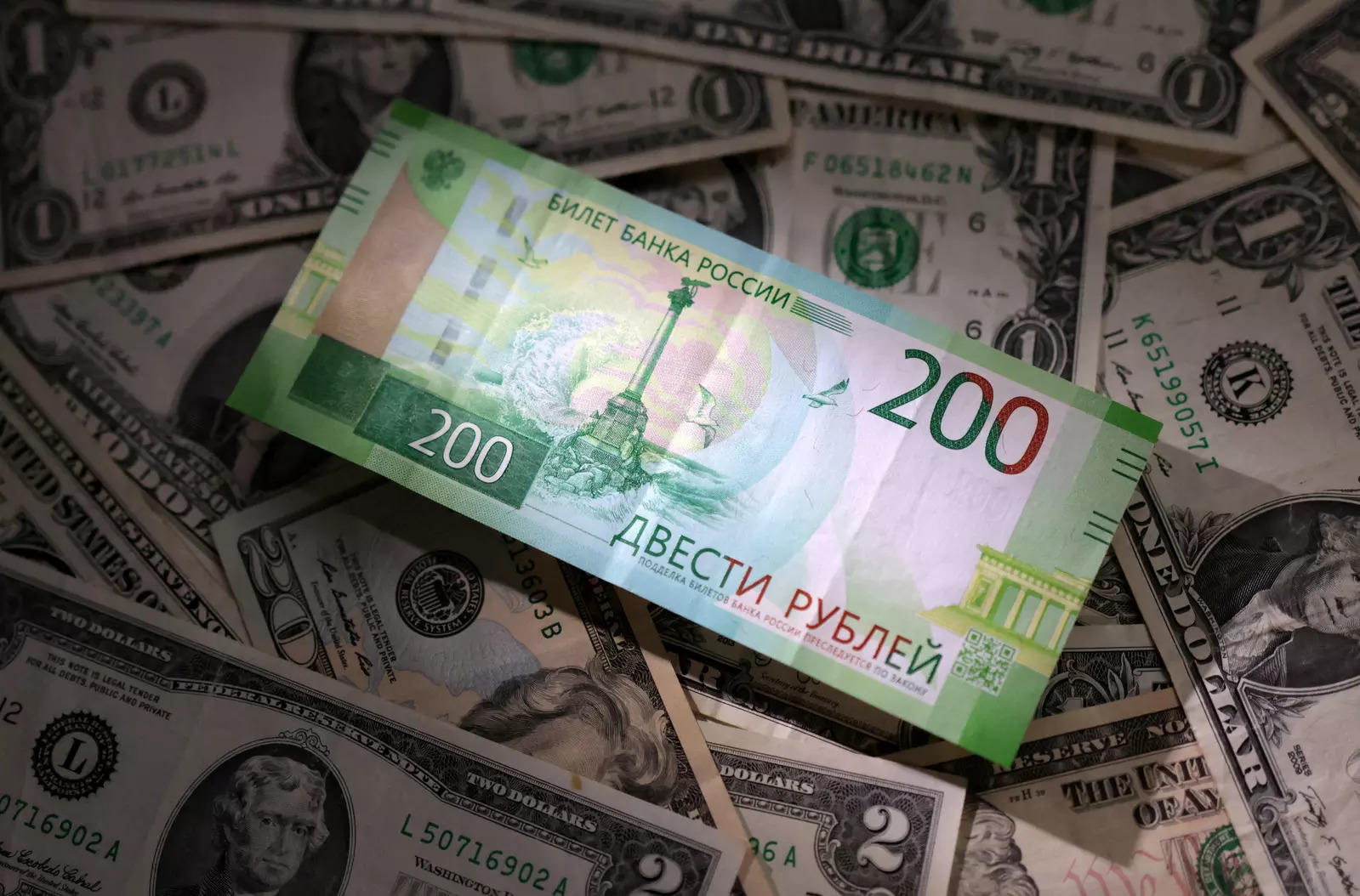[ad_1]
On Monday, the Russian currency passed 101 rubles to the dollar, continuing a more than 25% decline in its value since the beginning of the year and hitting the lowest level in almost 17 months.
President Vladimir Putin’s economic adviser, Maksim Oreshkin, on Monday blamed the weak ruble on “loose monetary policy” in an op-ed for state news agency Tass. He said a strong ruble is in the interest of the Russian economy and that a weak currency “complicates economic restructuring and negatively affects people’s real incomes.”
Oreshkin said Russia’s central bank has “all the tools necessary” to stabilize the situation and said he expected normalization shortly.
At a press conference Friday, central bank deputy director Alexei Zabotkin said the bank is adhering to a floating exchange rate because “it allows the economy to effectively adapt to changing external conditions.”
Days earlier, the central bank said it would stop buying foreign currency on the domestic market until the end of the year to try to prop up the ruble and reduce volatility. Russia typically sells foreign currency to counter any shortfall in revenue from oil and natural gas exports and buys currency if it has a surplus.
In January, the ruble traded at about 66 to the dollar but lost about a third of its value in subsequent months.
After Western countries imposed sanctions after the invasion of Ukraine in February 2022, the ruble plunged as low as 130 to the dollar, but the central bank enacted capital controls that stabilized its value. By last summer, it was in the 50-60 range to the dollar.
Zabotkin said Friday that international sanctions had cut off a significant amount of imports to Russia, contributing to the ruble’s fall, but he dismissed speculation that capital flight from Russia also was to blame, saying the idea was “not substantiated.”
The central bank enacted a big increase of 1% to its key interest rate last month, saying inflation is expected to keep rising and the fall in the ruble is adding to the risk. Zabotkin indicated that the rate — now at 8.5% — could be hiked again at the next meeting on September 15.
[ad_2]
Source link











More Stories
India’S Growth Forecast: S&P ups India’s FY’24 growth forecast to 6.4% on robust domestic momentum
India to remain fastest-growing major economy, but demand uneven: Poll
Jack Ma: Jack Ma gets back into business with ‘Ma’s Kitchen Food’